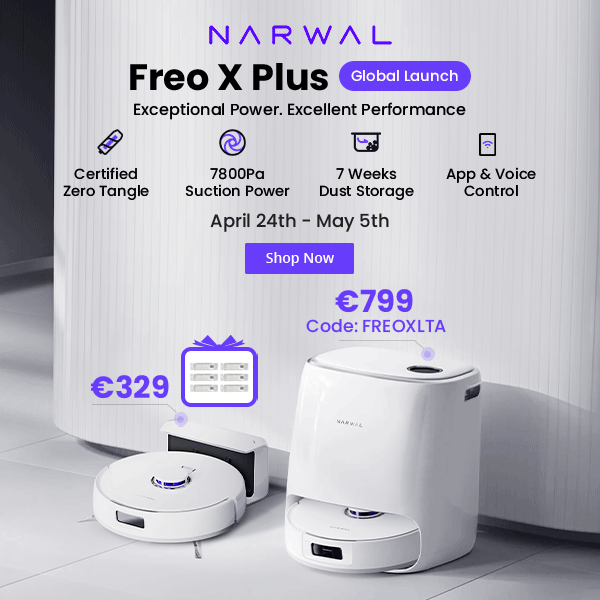The open-source Klipper firmware for 3D printers has been the choice of many seeking better print quality and higher printing speeds. Creality, a leading 3D printer manufacturer, launched the Creality Sonic Pad to provide users with a full range of Klipper features and an intuitive installation process. The smart gadget is compatible with most FDM 3D printers at an affordable price, offering “plug-and-play” Klipper solutions to 3D printing beginners and DIY lovers.
Cutting-edge Tech Specs
Powered by a 64-bit CPU and mainboard, the Creality Sonic Pad is a 7-inch color touch screen that unlocks strong computing capability. Carrying 2G RAM and 8G ROM, the Sonic Pad can bring users with peak Klipper using experience. It has four USB ports, meaning that users may be able to connect up to four units after the release of Creality’s related OTA patch. It also includes one RJ45 Ethernet port and one WiFi module enabling remote control of printers. A camera module which users can buy separately from the tablet, is available for real-time monitoring and time-lapse photography, unleashing more creativity.
Powerful Compatibility
Klipper’s complex installation process and less compatibility have been a pain point that hinders many 3D printing beginners from trying out this powerful firmware. Creality Sonic Pad can connect to almost any FDM 3D printer available on the market via a USB cable. It is pre-configured for Ender-3 V2, Ender-3 S1, and Ender-3 S1 Pro for smooth and quick installation. For other Creality 3D printers and non-Creality ones, a detailed configuration manual is included for easy setup.
To keep pace with the fast-evolving Klipper firmware, the Sonic Pad can be upgraded via either OTA or a USB disk, enabling users to get the latest Klipper features at the earliest time. Sonic Pad will also follow the rule of the Open Source community and make all the source code public. Users are free to modify and customize and make their Sonic Pad more powerful.
Integrated Klipper Features
Creality Sonic Pad provides users with a full suite of Klipper’s unique features alongside high print quality and speed, including resonance compensation (input shaping), pressure/linear advance, and flexible macros.
Klipper was first developed to utilize the additional computing power to assist the 3D printer mainboard in processing commands, allowing users to print faster and more precisely. The built-in input shaping function will cancel out ringing issues and other repeating artifacts by using an accelerometer attached to the print head, thus enhancing print quality. Its pressure advance algorithm is also accurate and easy to work with.
Sonic Pad supports user-defined programmable macros, with each macro combining a series of commands together for a personalized function. It efficiently realizes features such as nozzle heating, PID tuning, and homing with simple commands.
Intuitive UI
The Sonic Pad supports sliced model preview when using Creality Print, Ultimaker Cura, Prusa Slicer, and Super Slicer. The printing process will be rendered with a water-filling effect and can be updated in real-time to Creality Print. It can be operated either by the built-in touch screen or remotely on a phone or PC from the web UI when connected to a LAN, bringing the freedom of remote control.




